When it comes to protecting the planet against climate change, electric vehicles have long been considered one of the best, cheapest, and easiest changes we as a society can make.
However, new information has emerged that suggests electric vehicles may not be as environmentally friendly as we originally thought.
Why Are Electric Vehicles Good for the Planet?
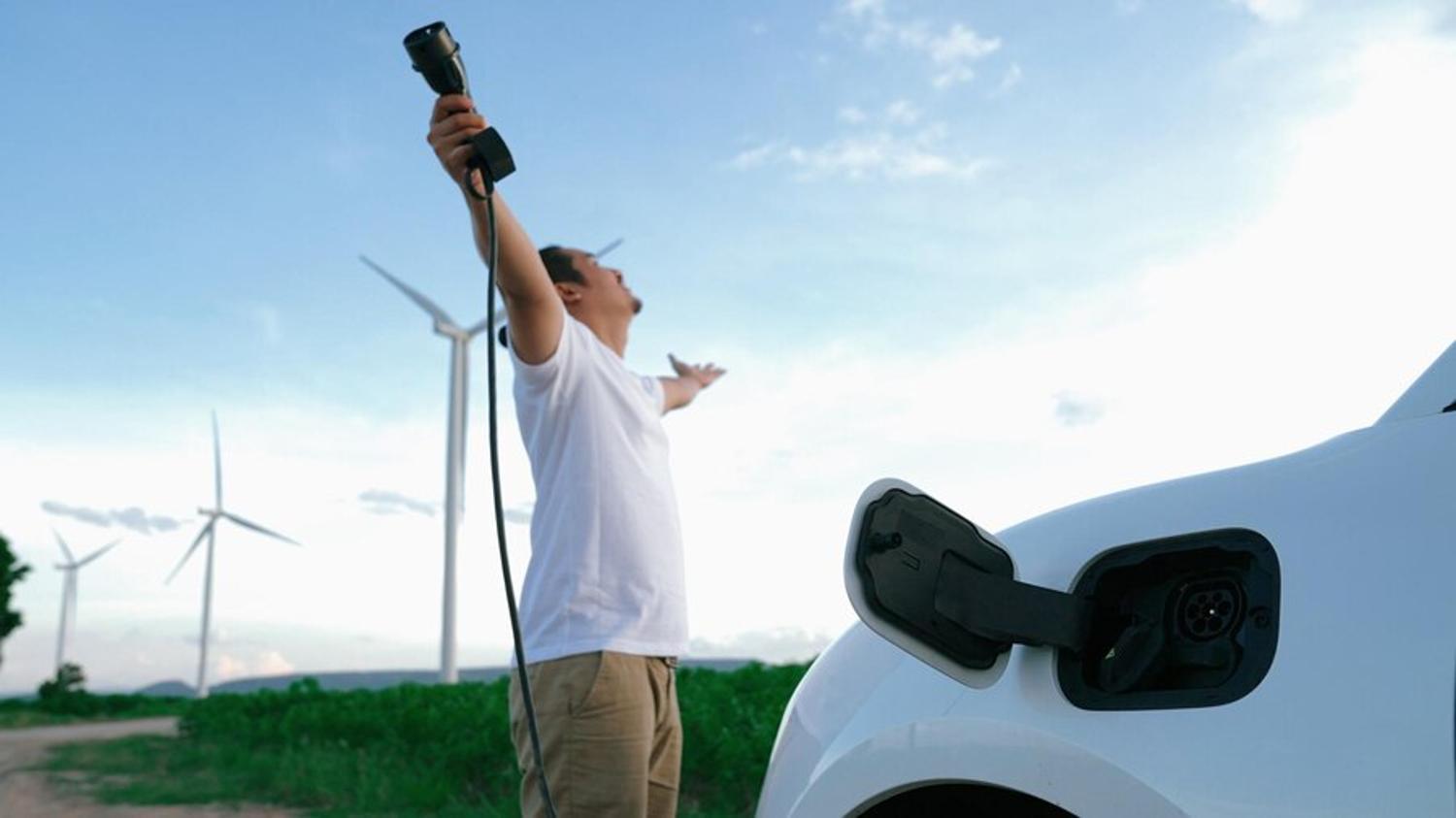
For several years, people have been told that electric vehicles (EVs) can and will help save the planet from the impending negative side effects of climate change.
Because EVs run on batteries instead of gasoline or diesel, by switching, the world could significantly reduce its use of fossil fuel usage and the consequent carbon emissions almost overnight.
31% of US Carbon Emissions Come From Cars

According to the US Environmental Protection Agency, 31% of all carbon dioxide emissions in the United States come from gas or diesel-powered vehicles (22% from gasoline motors and 9% from diesel engines.)
So, in theory, by eliminating these vehicles and transitioning to electric, the US could reduce its emissions by a whopping 31% in no time at all.
Electric Vehicle Batteries Are Not as Sustainable as We Were Told
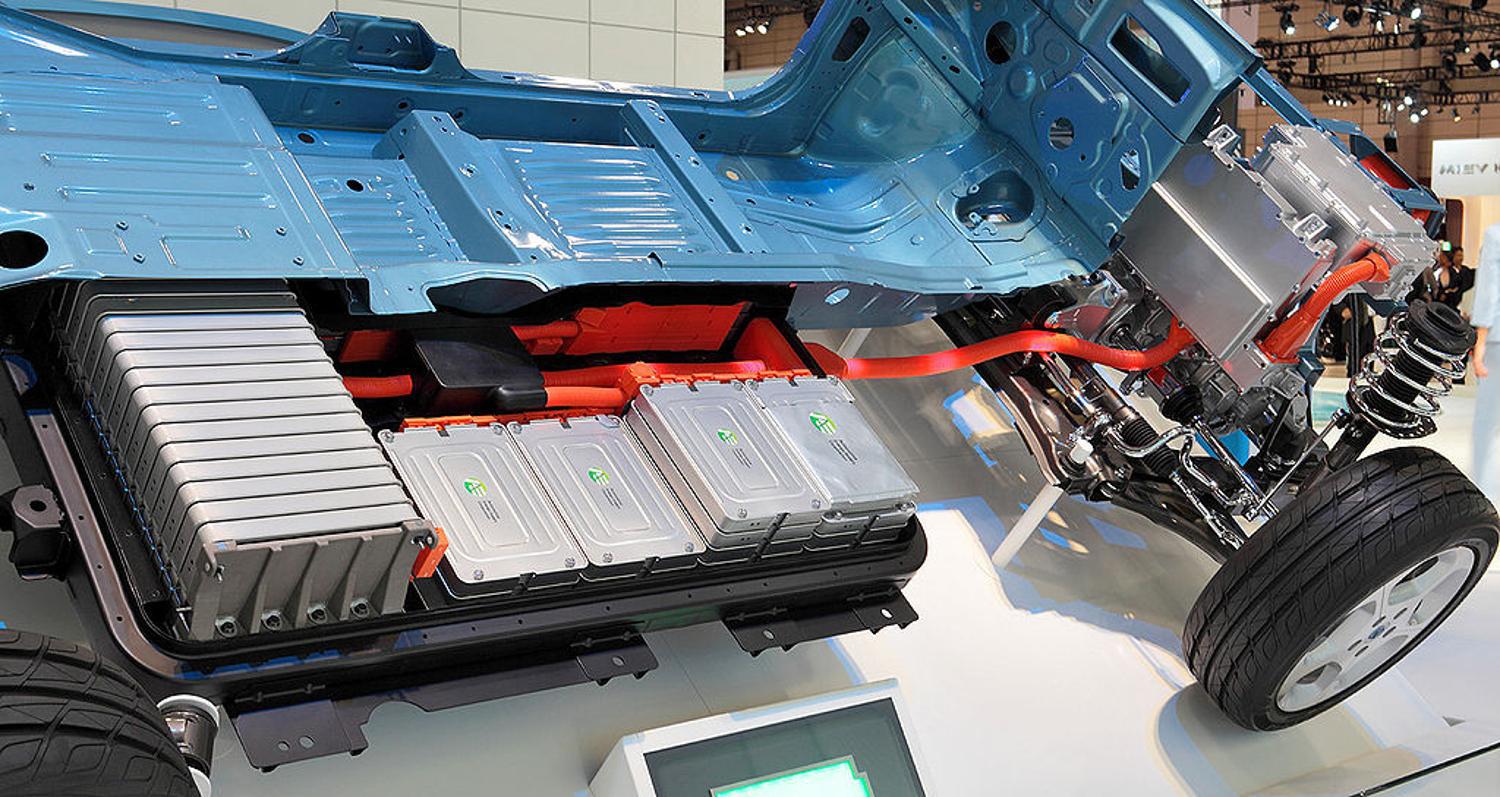
That statistic is obviously staggering, and it certainly makes environmentalists and anyone who is concerned with climate change want to go out and buy an EV right now.
However, that information fails to note that, in order to build the batteries of these electric vehicles and the infrastructure needed for them to function, an almost obscene amount of copper needs to be mined. And mining this much copper is certainly going to have a negative effect on the planet.
EVs Need an Incredible Amount of Copper Wiring
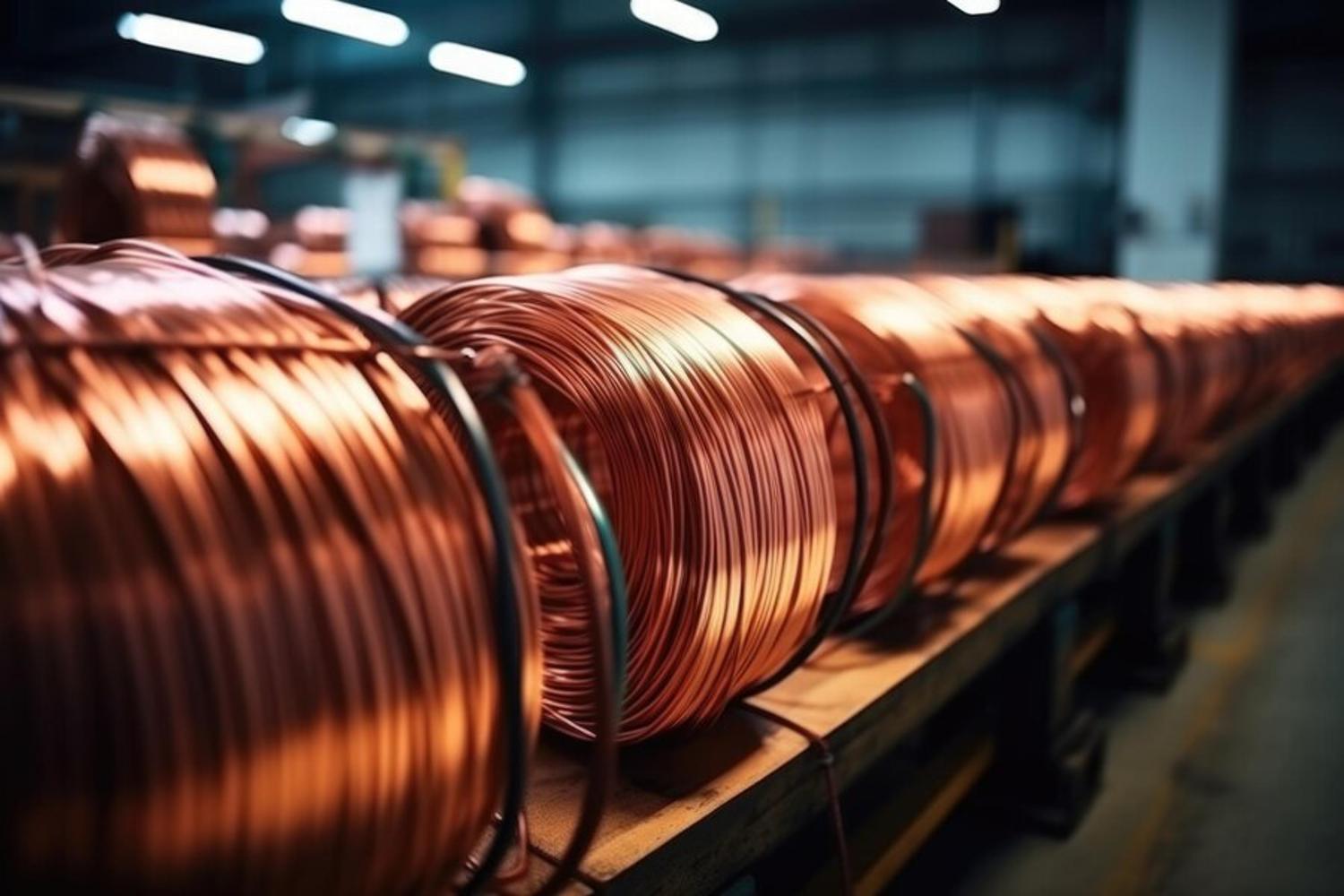
Professor Adam Simon from Cornell explained, “A normal Honda Accord needs about 40 pounds of copper. The same battery electric Honda Accord needs almost 200 pounds of copper.”
That’s fairly simple math: Transitioning all vehicles from gasoline-powered to electric would mean the world needs four times the amount of copper it uses now. But that’s just the cars.
EV Charging Stations Need Copper Too
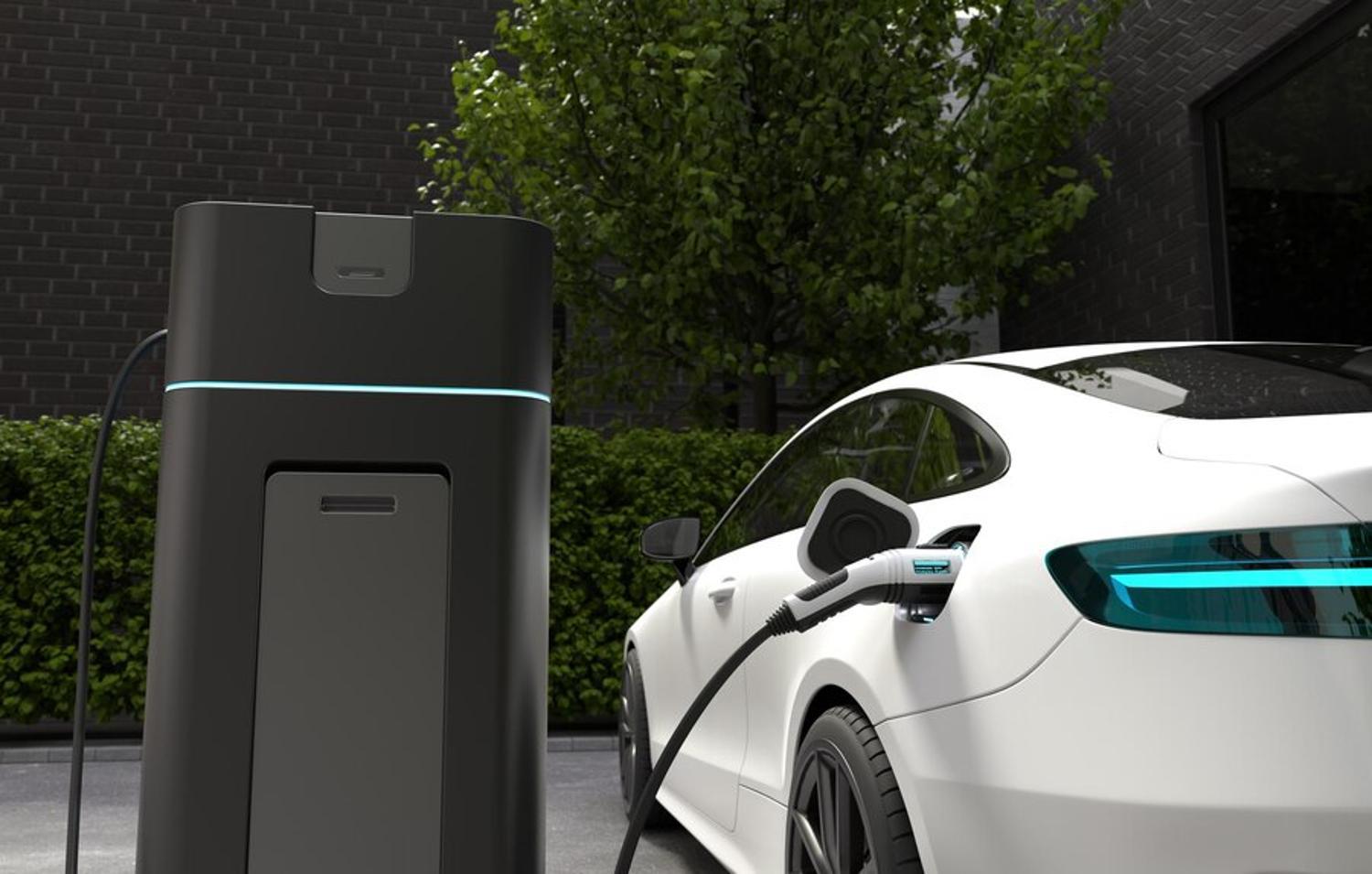
Additionally, thousands of charging stations need to be built to transition the US and the world to electric vehicles. Those charging stations also require extensive amounts of copper wiring to function, increasing the necessary copper mining to never-before-seen quantities.
One report noted that within this very decade if EV sales and charging station construction continue to grow, “global copper demand will increase between 3 and 5 million tonnes.”
Other Sustainable Energy Sources Also Require Copper
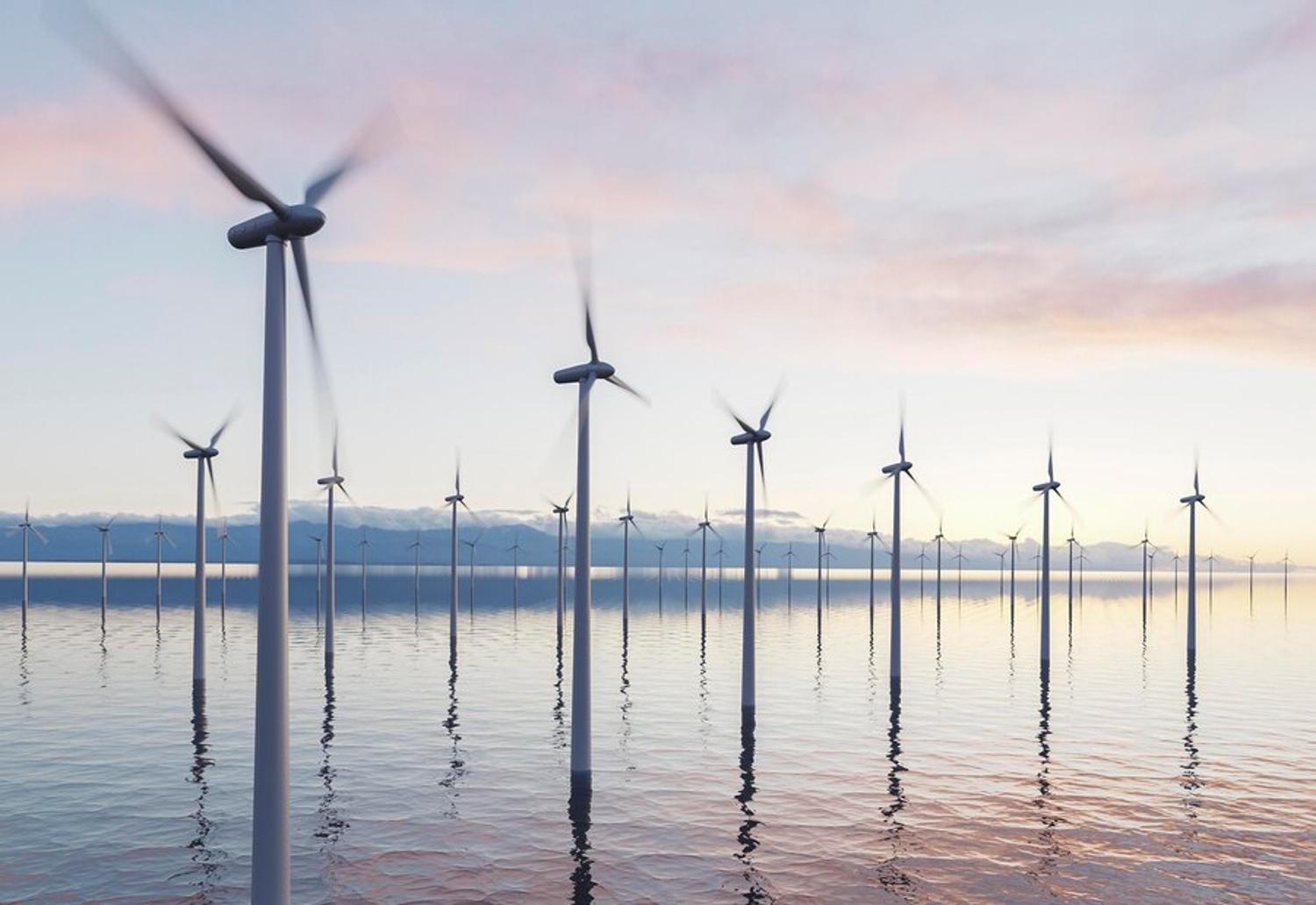
That estimate is based solely on the EV industry, but that’s not the only “sustainable” energy business that requires excess copper.
Solar power systems typically contain 5.5 tons of copper, onshore wind turbines use 10 tons of copper, and offshore wind turbines can use as much as 20 tons. Now, many experts are arguing that this kind of copper mining is not only detrimental to the planet, it may literally be impossible.
The World Needs 115% More Than All the Copper Ever Mined

According to one study entitled “Cooper mining and vehicle electrification,” the world would need to produce 115% more copper than has been mined in human history.
The study also reported that, in order to make that a reality, at least six new copper mines need to be fully operational within the next decade; however, opening a new mine can take up to 20 years.
Copper Cannot Be Mined Quickly Enough to Keep Up With Sustainable Energy
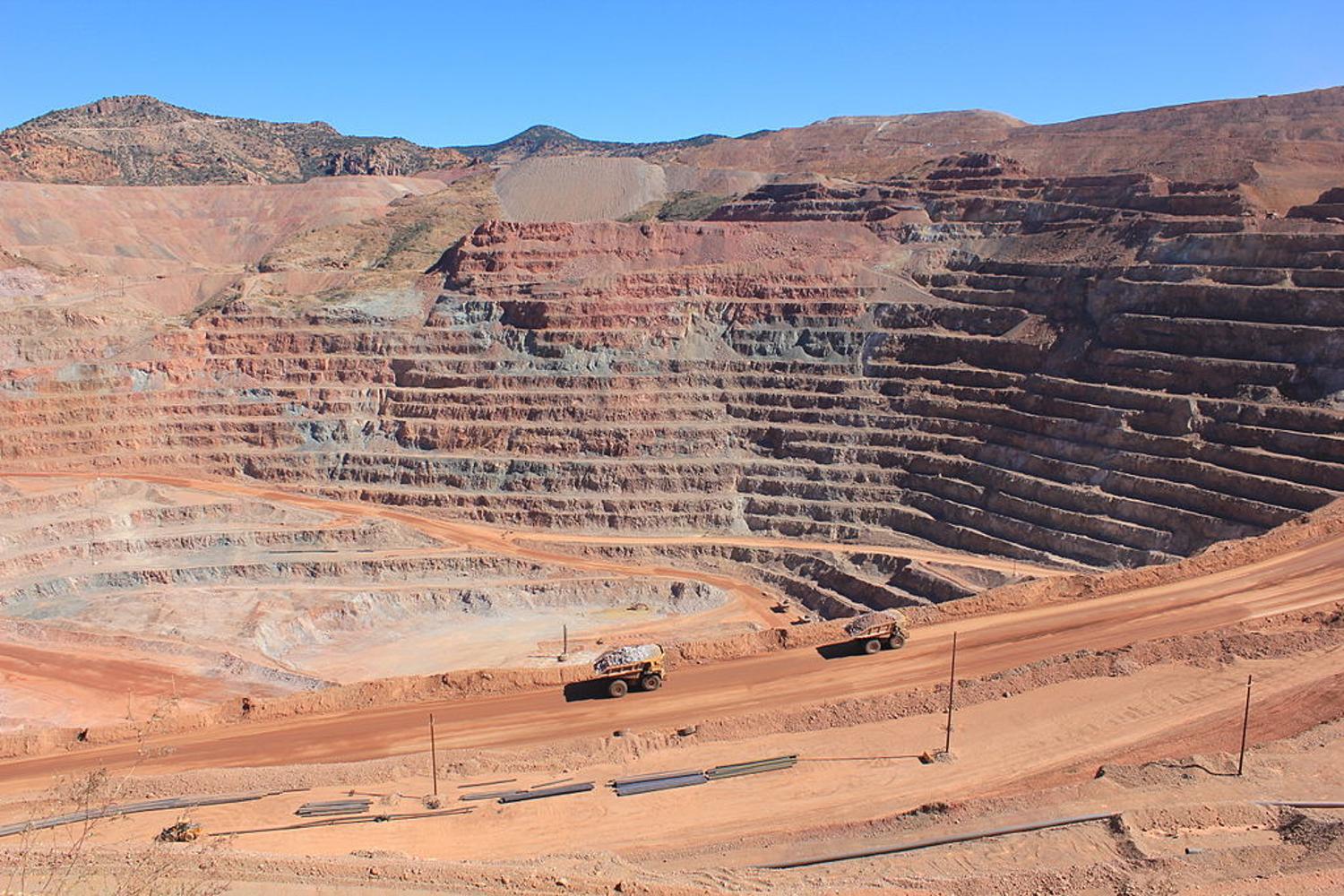
Professor Simon, who co-authored the study, explained, “The amount of copper needed is essentially impossible for mining companies to produce.”
And researchers at the University of Michigan conducted a study on the current and projected levels of copper use in the United States echoed that sentiment, reporting, “Copper cannot be mined quickly enough to keep up with current U.S. policy guidelines to transition the country’s electricity and vehicle infrastructure to renewable energy.”
Copper Mining Is Exceptionally Dangerous for the Environment

It’s extremely important to understand that, even if there was a way to create the number of additional mines needed to support the growing EV market, the charging stations, solar panels, and wind turbines the world needs to eliminate fossil fuels, copper mining would still have its problems.
Copper mining is not nearly as environmentally friendly as people think. It actually has a devastating impact on the environment.
How Is Copper Mined?
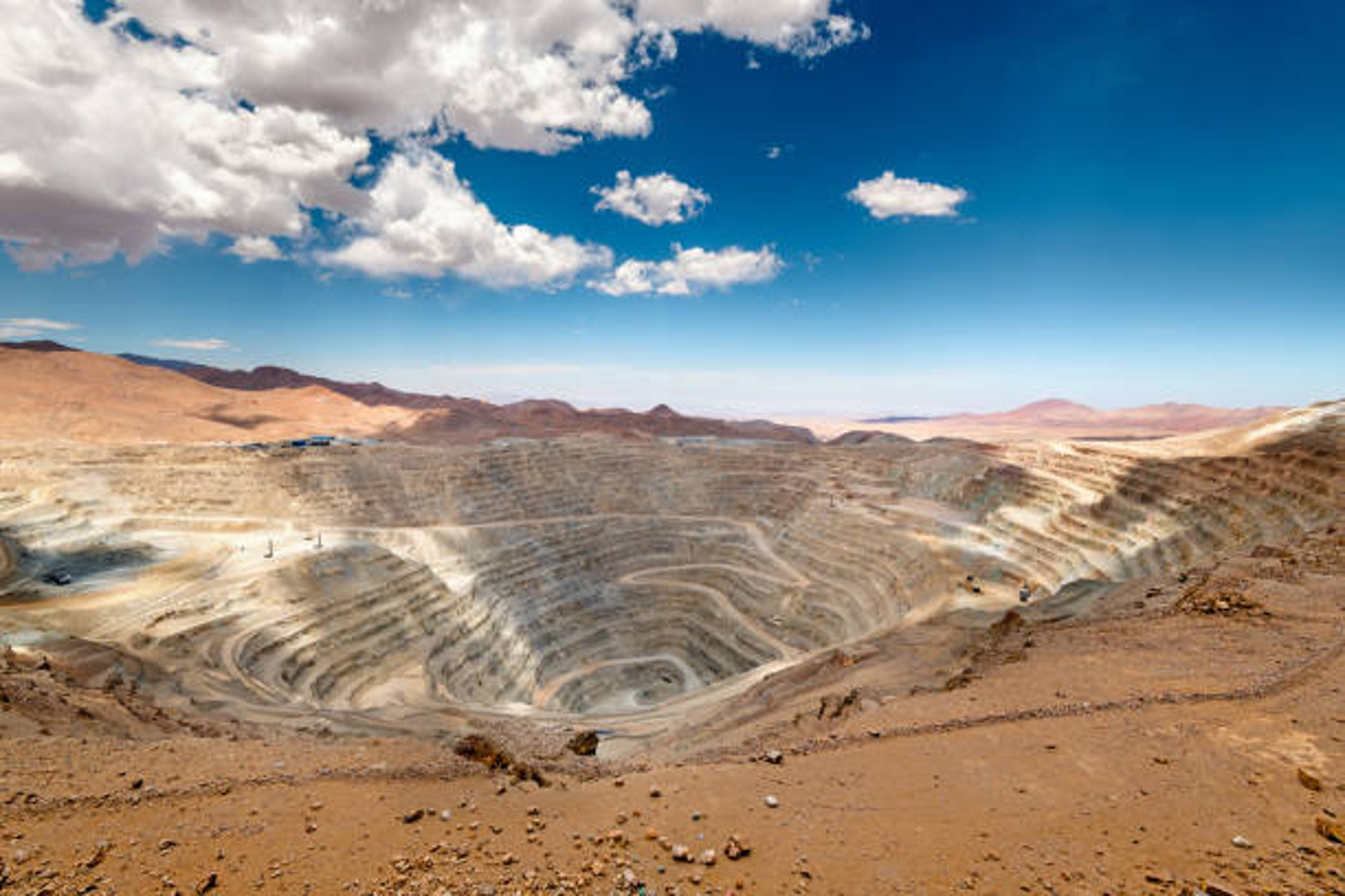
Copper is mined through a process called open-pit mining, just like mining for gold, iron, or aluminum. Open-pit copper mines are giant holes dug deep into the ground, with slopes around the sides to let heavy machinery in and out of the hole.
Once inside the pit, these machines drill holes into the rock, blast them apart with explosives, and then remove the boulders, taking them to the extraction site where another team works to separate the copper from the rock.
Why Is Copper Mining Bad for the Environment?

Copper mining is exceedingly bad for the environment for three major reasons: Land degradation, deforestation, and water pollution.
The design of the open-pit holes causes topsoil erosion and extensive degradation that significantly decreases the nutrients in the soil. Both of which can cause immense problems for the local ecosystems.
Deforestation Will Kill the Planet Too
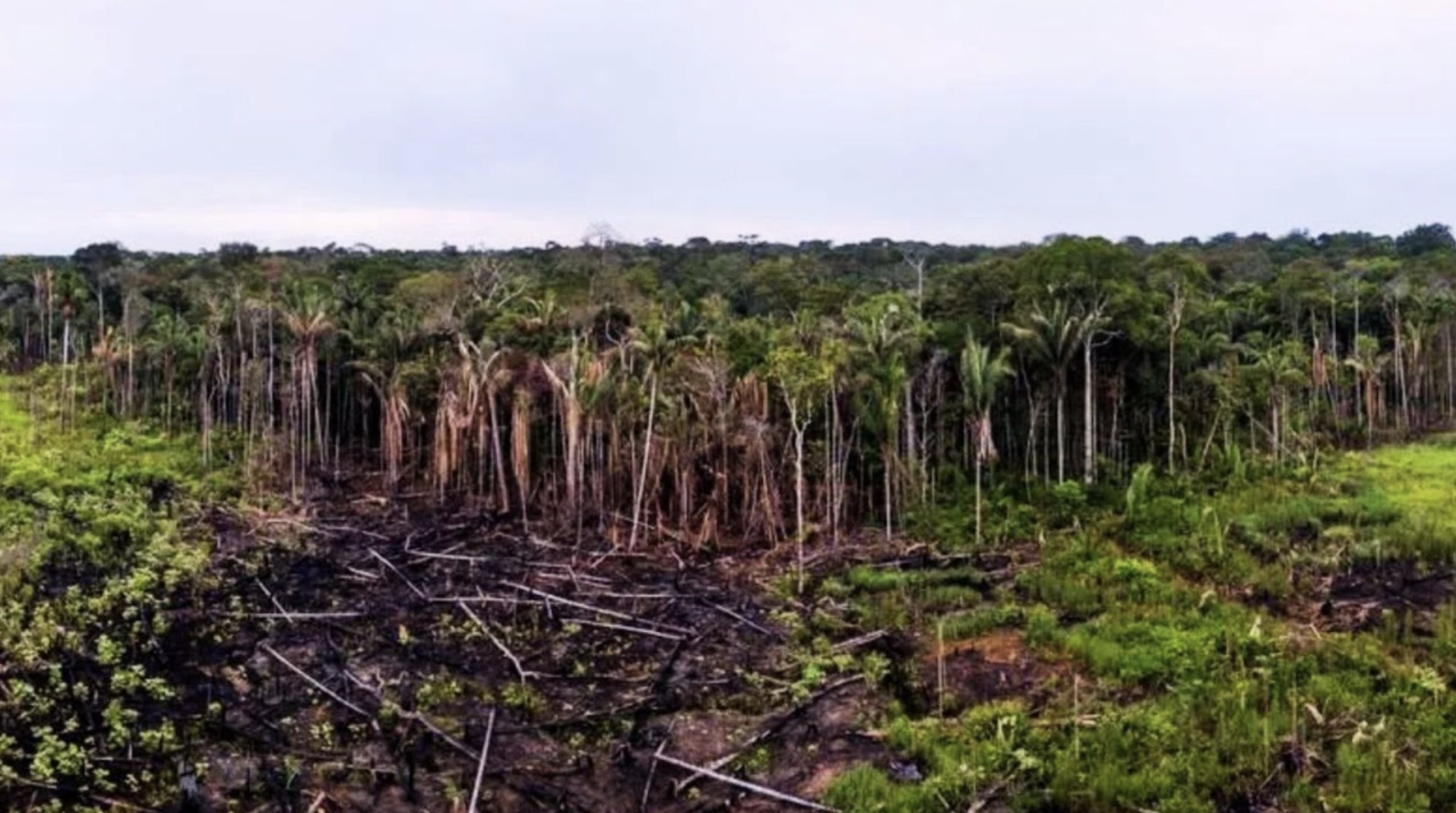
When it comes to climate change concerns, most people immediately think of fossil fuels. However, while they are exceptionally toxic, they are not the only problem plaguing the planet.
Deforestation is one of the leading causes of climate change, and to build copper mines, miles upon miles of trees need to be felled.
Copper Mining Pollutes Any Nearby Water

Last but certainly not least, copper mines cause pollution in any surrounding bodies of water. When just one ton of copper is mined, 99 tons of waste materials are removed.
The waste left behind around the mines can and does contaminate groundwater, aquifers, and irrigation systems.
Humans Are at Risk from Copper Mining Too

As if the deforestation, land degradation, and water pollution weren’t enough, copper mining also puts human health at risk.
Copper mines release toxic and radioactive chemicals into the air that can harm people’s eyes, skin, and even lungs, making it extremely difficult to breath. In fact, an excess amount of copper in the air can be fatal for humans.
Are There Any Solutions to the Copper Problem?

Even though copper mining is quite dangerous for animals, humans, and the planet itself, there doesn’t seem to be any way to make the mining process safer.
While technology and science are constantly evolving, there are no new tactics as of 2024 to make copper mining safe.
Humans Could Start Recycling Copper on a Grand Scale

Although they can’t make copper mining safer (yet) there could be a way to decrease the amount of copper needed in the world. Copper doesn’t lose any of its chemical properties over time, which makes it ideal for recycling.
Recycling copper requires 80%-90% less energy than mining it, and its much safer for humans and the environment. However, in order to use this tactic, humans would have to start recycling copper on a global scale.
EV Companies Will Have to Find Ways to Build Cars Will Less Copper

Technically, another option would be if electric vehicle manufacturers could find a way build the cars and charging stations with far less copper than they’re using now.
However, even if they find ways to decrease the amount of copper needed in an individual vehicle, it will still add up to far more than the existing mines have to offer.
Tesla Uses an Unbelievable Amount of Copper
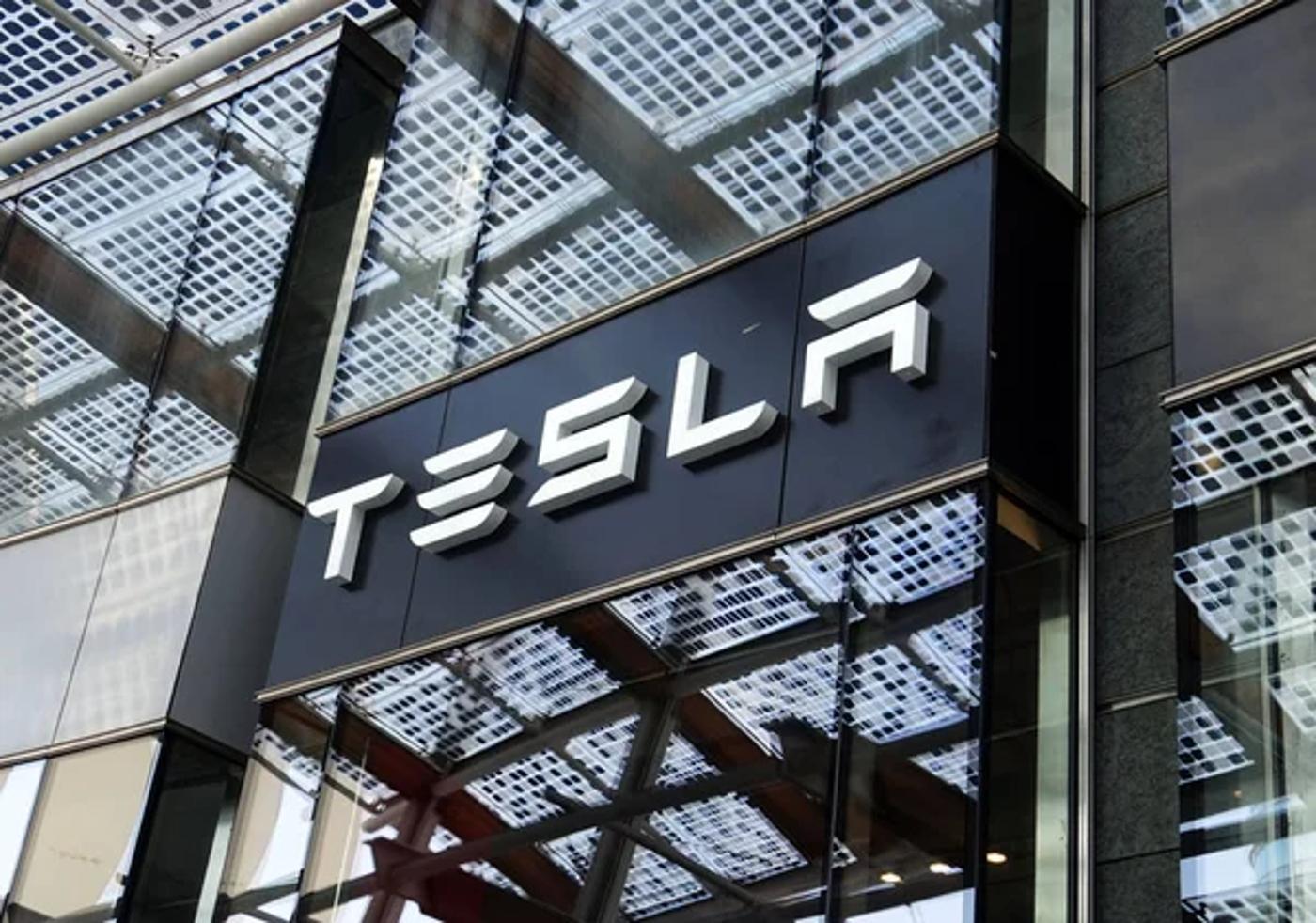
In fact, Tesla EVs use as little as 66 pounds of copper, while others need more than 200 pounds. However, just one of the company’s famous supercharging stations uses more than 50 pounds of copper.
So, with more than 50,000 charging stations and over 5 million vehicles, Tesla is one of the largest miners of copper on the planet.
Are Hybrid Cars the Answer to the Copper Problem?
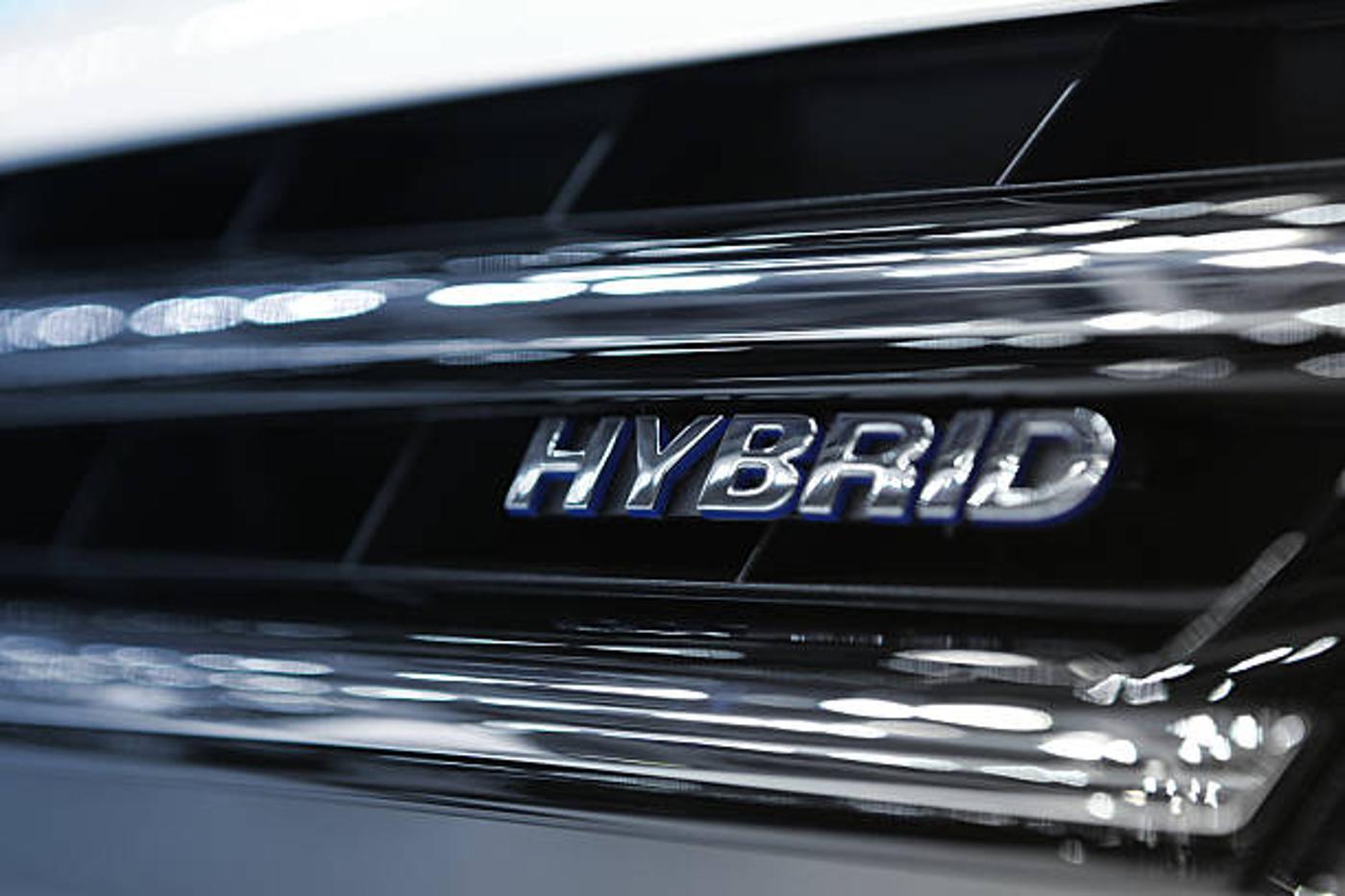
Some experts believe that there is an answer to the copper problem that would both cut down on fossil fuels and minimize the need for more mines: Hybrid vehicles.
These cars are powered by both gas and electric batteries, though they need far less gas than a standard car and a much smaller battery than their fully electric counterparts.
How Much Copper Do Hybrids Use?
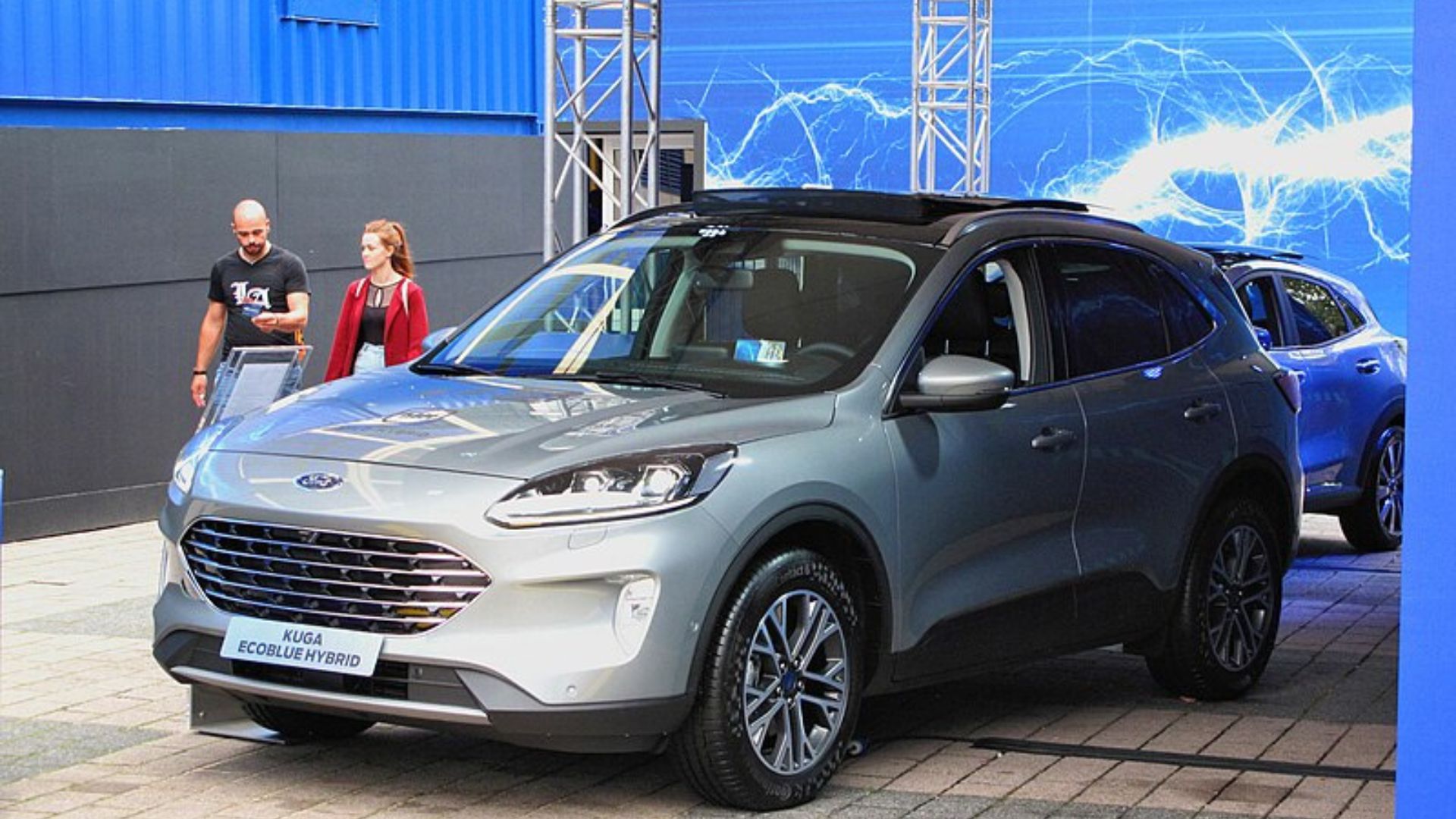
Hybrids use approximately 85 pounds of copper, which is far less than the average 200 pounds in a fully electric vehicle.
As well, hybrids don’t need charging stations as the batteries are charged by the combustion engine, meaning tens of thousands fewer pounds of copper.
The Lesser of Two Evils

At this moment in time, it truly feels as though humans are choosing between the lesser of two evils: Copper mining or fossil fuels.
Both are incredibly detrimental to the environment and, if they’re not curtailed, will increase the negative side effects of climate change within the next several decades.
President Biden Will Have to Weigh in on the Copper Problem Soon

President Joe Biden has been pushing for the United States to transition to electric vehicles over the next decade. In January 2024, the president announced his plan to ensure two-thirds of all cars in America are electric by just 2032.
However, if the president wants his plan to come to fruition, he will have to address the copper problem very soon.
The Copper Problem Is Far From Over

At this moment in time, even if companies wanted to follow the president’s EV mandate, they would not have enough copper to do so.
And if they somehow do figure out how to produce as much as they need, it could be wildly detrimental to the environment as a whole. In other words, the copper problem may have no solution.








































